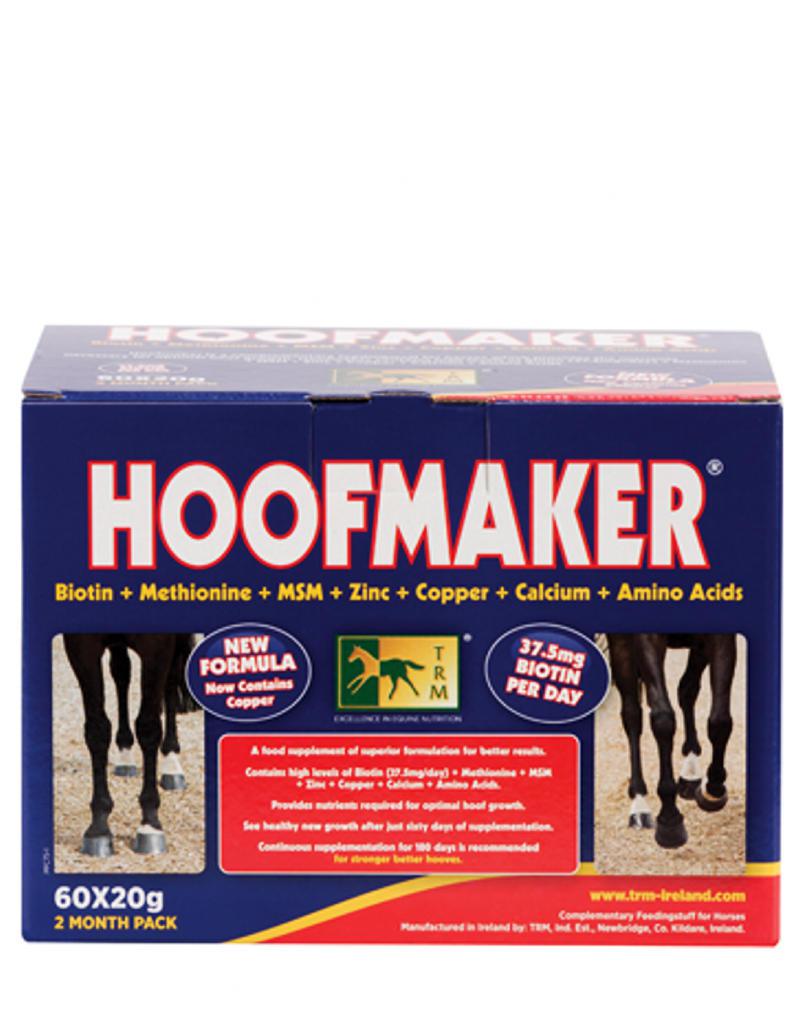COMPETITION horses who spend the majority of their time living in stables with restricted turnout time have limited opportunity to toughen up their feet and are therefore are sometimes more susceptible to developing foot problems.
The practice of training and competing horses now on exceptionally ‘good’, well-groomed surfaces has meant horses developing thin soles that are susceptible to bruising.
Evolution of the equine to modern day husbandry is not necessarily strengthening the species. There are many steps horse owners can take to ensure horses’ hooves can withstand the pressures of modern day performance and competition.
Experts at TRM say a three-fold approach is needed to ensure continued hoof health, avoidance of trauma such as stone bruises, cracked wall and diseases such as navicular, laminitis and thrush.
Foot hygiene
Stables should be designed to incorporate a ‘run-off’ for urine and water. Bedding must be clean and fresh to reduce the build-up and establishment of endemic bacterial and fungi within the stable environment.
Owners must be careful though as excessively dry bedding will compromise the natural moisture of the hoof horn. Daily application of a product like TRM’s Hoof Conditioner will assist in maintaining good moisture content in the hoof horn, which is extremely important to keeping hooves supple.
Farriery
The farrier has a huge influence on the balance of the foot. Preparation of the hoof, the type of shoe used and its placement will all affect the displacement of force on the forefoot and adjoining limb.
A good farrier is one of the most important services you will acquire for your horse. Correct and regular shoeing will not only save you money in the long-term but more importantly it will save any unnecessary stress and pain on your horse’s limbs.
Nutrition
Nourishment of the hoof and all the underlying structures should receive primary attention, as they are the foundation of the horse.
General nutrition and hoof growth promotors must not focus solely on the outer hoof wall, but must take into consideration all three layers of the hoof wall (stratum externum, stratum medium, stratum internum). As well as the bars, frog and sole of the hoof.
Ultimately either damaged or healthy hooves need optimum keratinisation (hoof growth).
Keratin sulphate is the main structural component in the hoof horn. Keratin synthesis is dependent on several mutually inclusive factors, all of which are present in TRM’s Hoofmaker.
